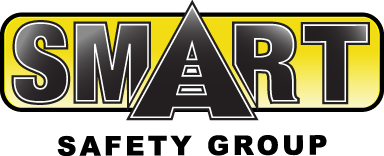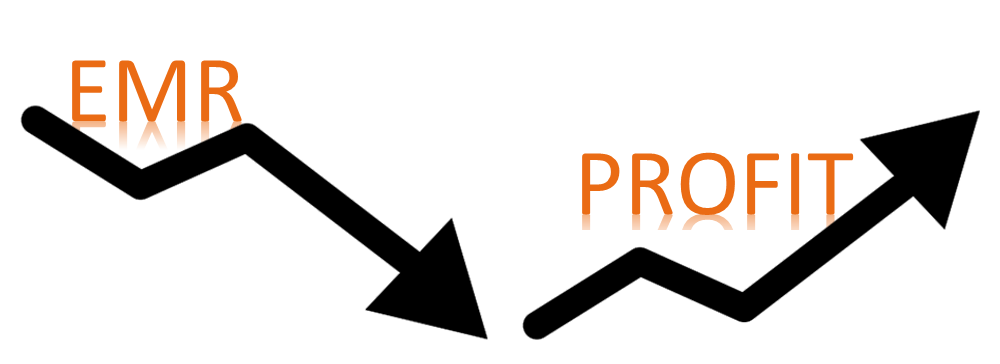What is EMR?
In a word – PROFIT!
The Experience Modification Rate (EMR) is a number that insurance carriers use to determine a company’s risk for incidents. The higher the risk, the higher the EMR, the higher the cost of Workers’ Compensation insurance.
A company’s EMR is very similar to our own personal credit – it follows us everywhere. As such, it can have either a positive or negative impact on your company’s costs and profits.The fewer claims that your company has, the lower the EMR will be and vice versa.
Your company’s EMR is based on your company’s loss history as compared to its industry average. The Industry Average is 1.0, but an EMR can range well above or below this value.
So, who determines the EMR? The National Council on Compensation Insurance (NCCI) is the entity responsible for calculating the Experience Modification Rating for most states. NCCI’s Experience Modification Rating consists of two primary elements: Frequency (or Primary Losses) and Severity (or Secondary Losses). The criteria for these two elements has changed and increased over the years as shown below:
- Frequency or Primary Losses: Claim less than $10,000 increased to $15,000
- Severity of Secondary Losses: Claim greater than $10,000 increased to $15,000
Though the formula used to determine the EMR value is not exactly simple, the most important thing is how it impacts your company’s profitability and bottom line!
Feeling stressed about your company’s EMR? No worries there are ways to lower it! It begins with effective safety practices and programs that are directly focused on preventing workforce injuries. Thought it is inevitable that accidents will happen. However, there are many preventable accidents that occur and get reported that increase claims, losses, EMR, and Workers’ Compensation costs.
Developing a comprehensive safety program is the first line of defense in preventing accidents. A company’s preparedness, responsiveness and proactive actions focused on preventing accidents and effectively managing claims are best practices to control and lower its EMR. Here are six simple and highly effective ways that can help improve your company’s safety program and performance:
- Written Safety Plan – A written plan will identify what MUST be done to control and mitigate hazards and promote greater safety awareness across the organization.
- Education & Training – An effective safety training program is essential in keeping the workforce up to date on key and current safety topics and practices.
- Hazard Assessment – Conducting thorough hazard assessments (JHA/JSA) helps identify where project and jobsite hazards are located and mitigation requirements.
- Inspections & Audits – This is the only way to know if workers and workplaces are operating under safe conditions in order to catch issues before they cause an accident or injury.
- Reporting Process – Establish a thorough and consistent process to report, record, track, and respond to incidents that identify hazards and ensure all employees are aware of the process.
- Investigation & Correction – The investigation process enables corrective measures/actions to be implemented that prevent same incidents from occurring in the future.
The most important factor and benefit from a low EMR is the reduction or elimination of worker accidents and injuries. This translates directly into lower operating costs and higher profitability. When an investment in safety is made everyone wins!
For more information regarding EMR click Decrease EMR & Increase PROFIT!
To learn more about SMART Safety Group and how we can help your company reduce its EMR and improve safety performance please visit About Us or call our information hotline (844) 820-8098.








